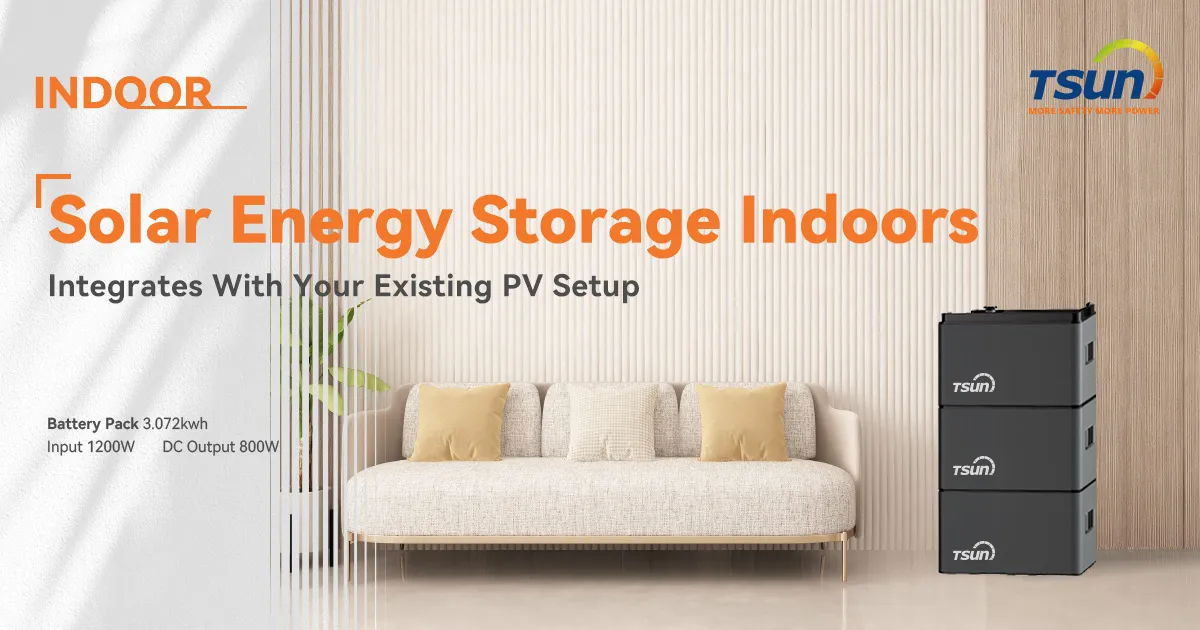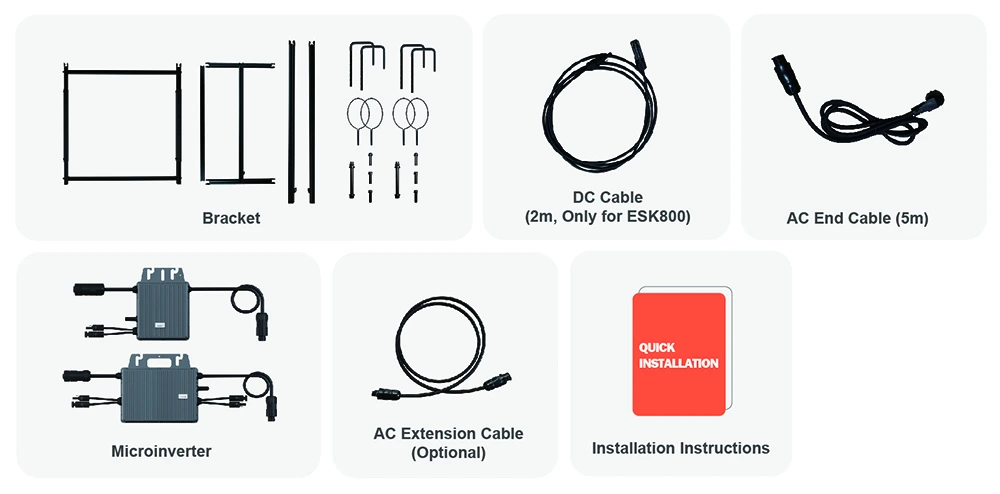Choosing the right inverter for a solar power system is a decision that hinges on balancing several crucial factors efficiency, ease of installation, reliability over time, and overall cost-effectiveness. Two prevalent types of inverters dominate the market microinverters and string inverters, each offering unique advantages and challenges. Understanding their differences can significantly impact the performance and ROI of a solar installation.

Microinverters are small, dedicated inverters attached to individual solar panels. This setup allows each panel to operate independently, optimizing the energy conversion even if one or more panels are shaded or dirty. This characteristic can markedly enhance the efficiency of the solar system, especially in environments where partial shading or uneven panel production occurs frequently. Additionally, microinverters can enhance flexibility in system design, providing the ability to expand by simply adding more panels without worrying about the impact on the existing setup.
The real-world application of microinverters has shown that they are particularly beneficial in complex rooftops with different orientations and pitches. For instance, homeowners with trees or other obstructions casting shadows at certain times of the day have reported significant improvements in energy capture compared to string inverters. Microinverters also offer module-level monitoring which provides detailed insights and data, allowing users to monitor the performance of each panel and quickly identify issues for maintenance – a feature highly valued by both residential and commercial users alike.

On the downside,
microinverters carry higher upfront costs compared to string inverters. This price difference arises from the need for more inverter units — one for each panel as opposed to a single unit for an entire string of panels. Maintenance might also become complex if these small devices fail, as accessing each panel individually can be cumbersome.
String inverters, known for their reliability and ease of maintenance, are ideal for installations with consistent sun exposure and no shading issues. They convert DC electricity from a group of solar panels (a string) into AC electricity. The technology is well-established, with string inverters boasting decades of development that have honed their performance, making them remarkably cost-effective.
microinverter vs string inverter
A notable advantage of string inverters is their centralized design. This configuration simplifies installation and maintenance, as all wires lead to one location, facilitating easy access for any necessary repairs or adjustments. String inverters are also generally less expensive upfront, making them an attractive option for large-scale projects where budget constraints are a significant factor.
One of the limitations, however, is their vulnerability to performance issues due to shading. If part of a string is shaded, the performance of the whole system can be impacted, as the inverter operates based on the least-performing panel in the string. This drawback suggests that string inverters are best suited for environments with consistent sunlight exposure.
In terms of market trends, there's a growing tendency towards hybrid systems that incorporate the best attributes of both microinverters and string inverters. These systems aim to optimize performance and cost-effectiveness by utilizing a strategic combination of technologies based on specific site conditions and energy needs.
When selecting between microinverters and string inverters, factors such as roof complexity, environmental shading, budget, and long-term energy goals should be carefully evaluated. Consulting with solar energy professionals who stay abreast of the latest technologies and products is advisable to ensure an informed decision. They can offer guidance based on empirical evidence and performance track records, reinforcing the decision with authority and trustworthiness.
It is vital to keep in mind that the integrity and credibility of the inverter manufacturer, as well as their service support capabilities, play a significant role in ensuring a reliable and efficient solar power system. Warranties and service agreements should be examined critically to safeguard against future uncertainties, ensuring that the solar investment remains a robust and advantageous venture.
 LEARN DETAILS
LEARN DETAILS



